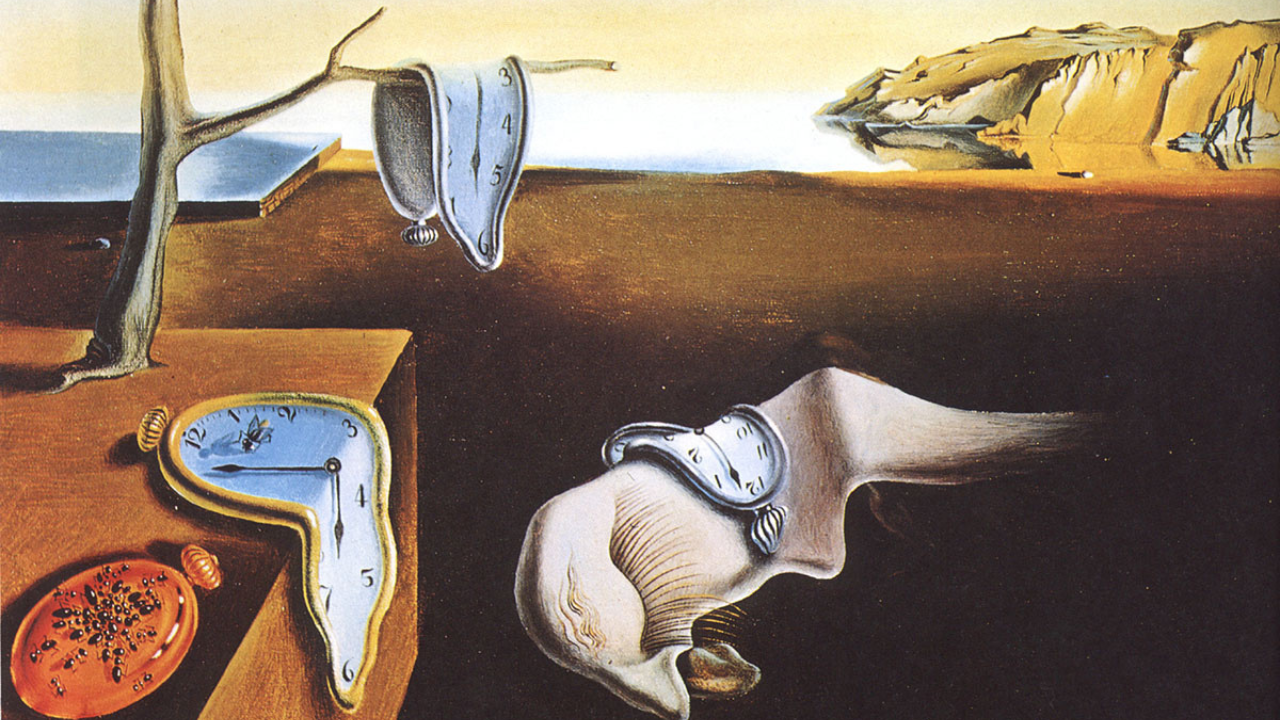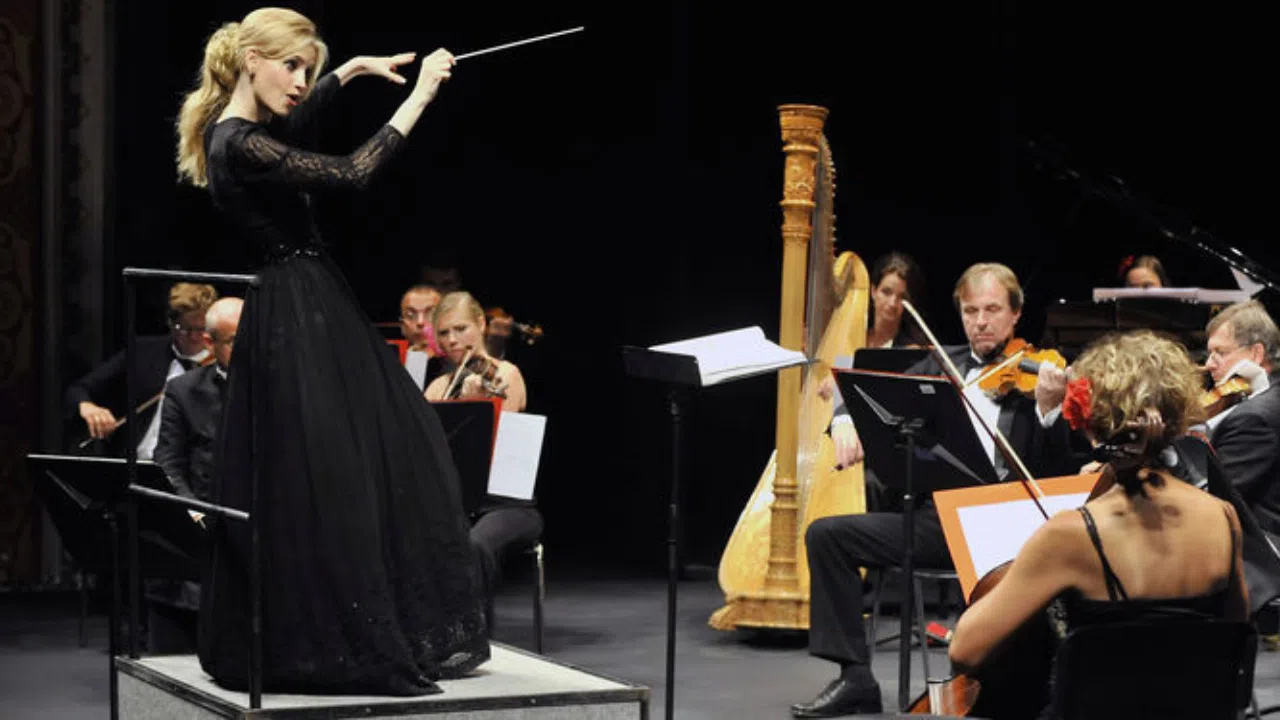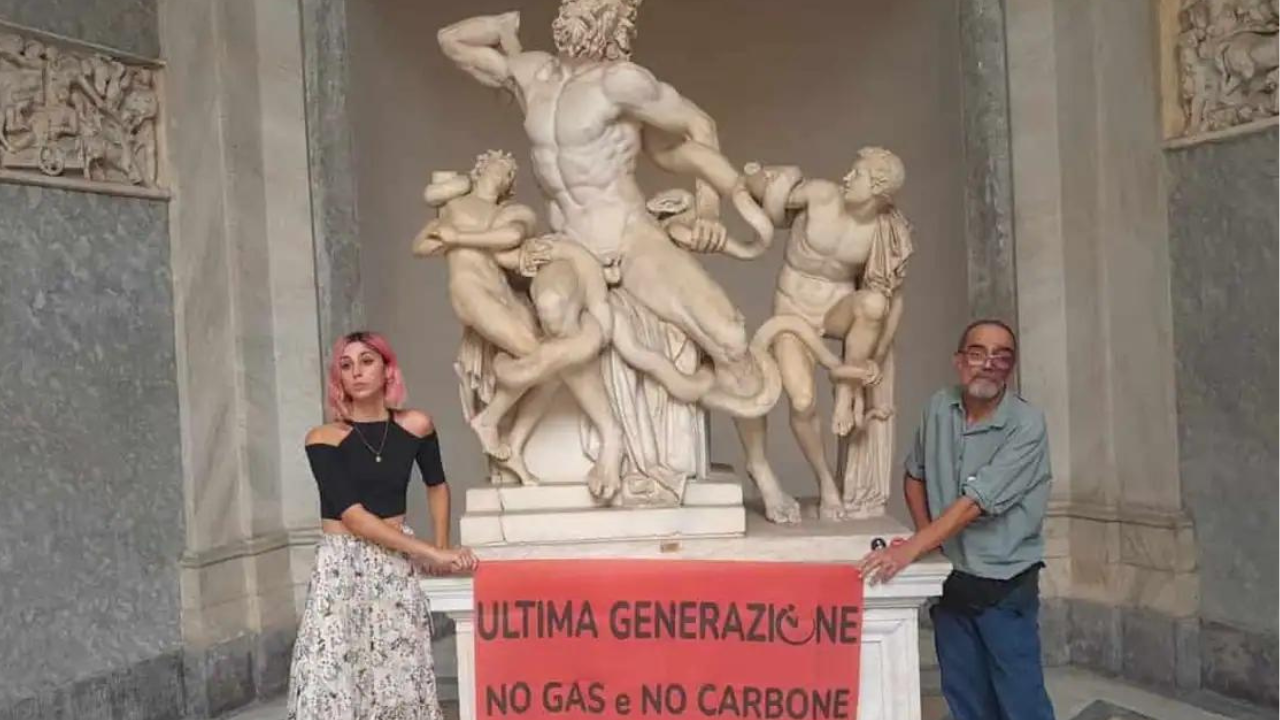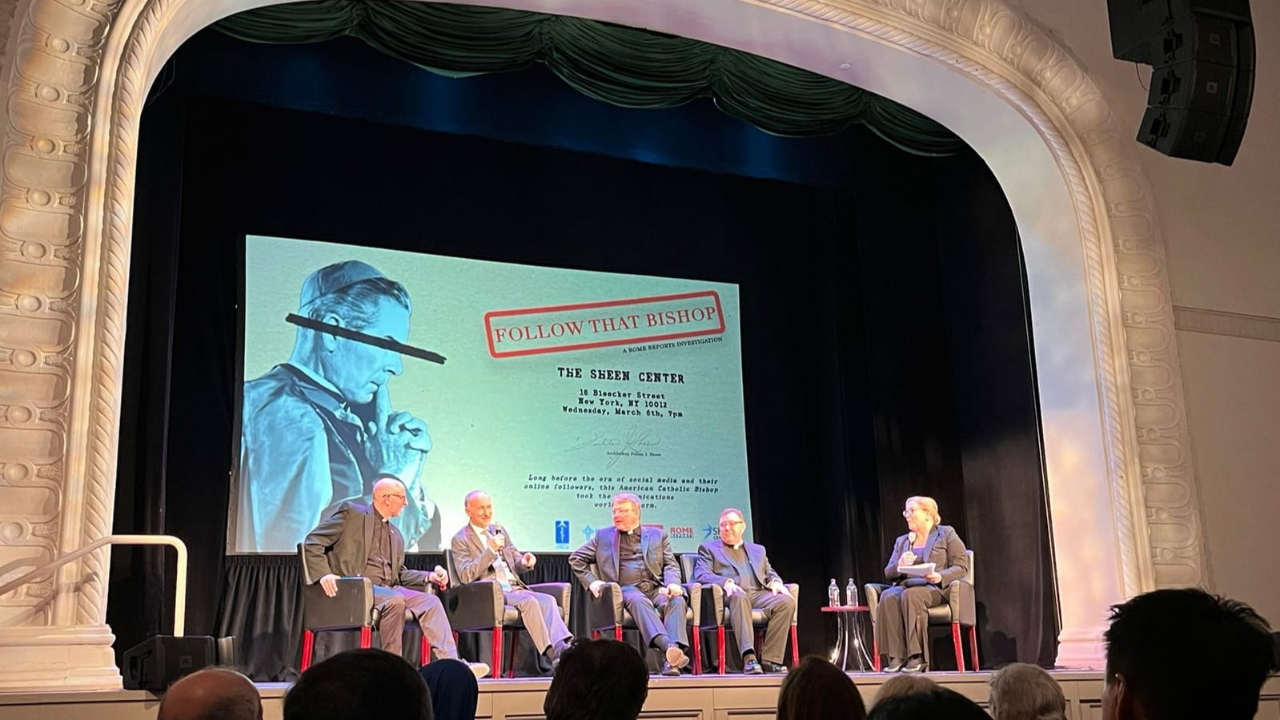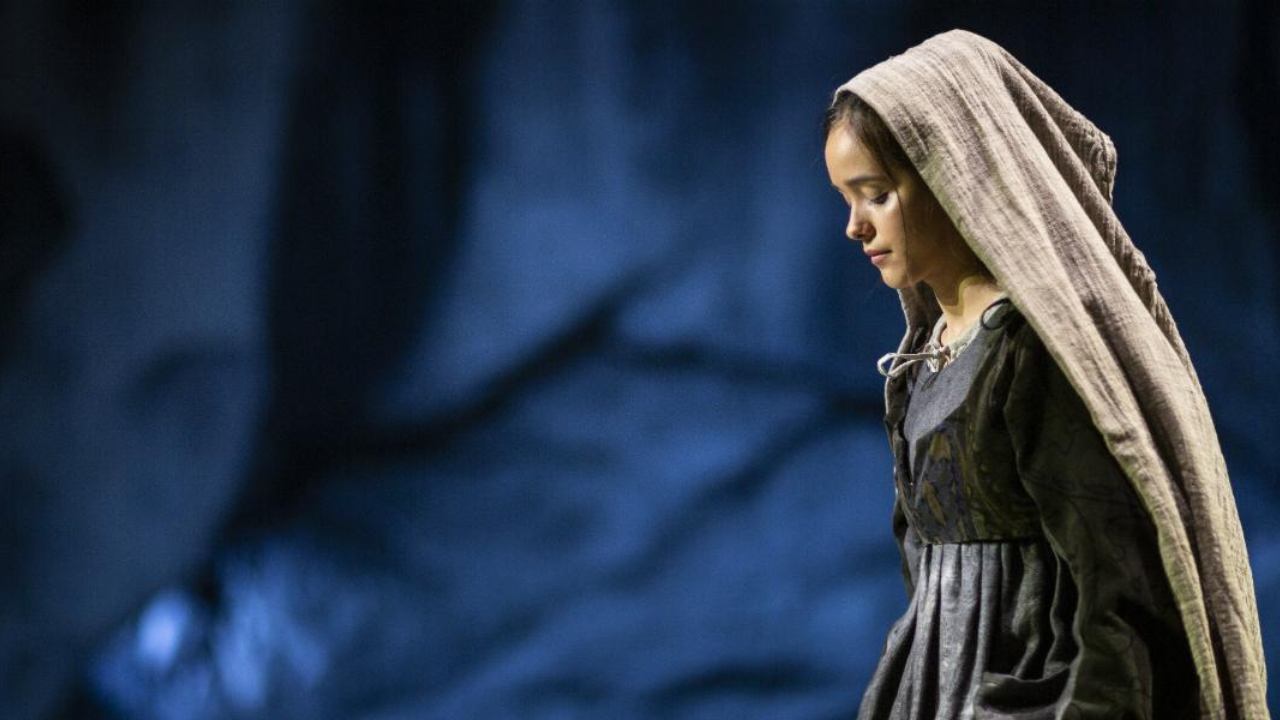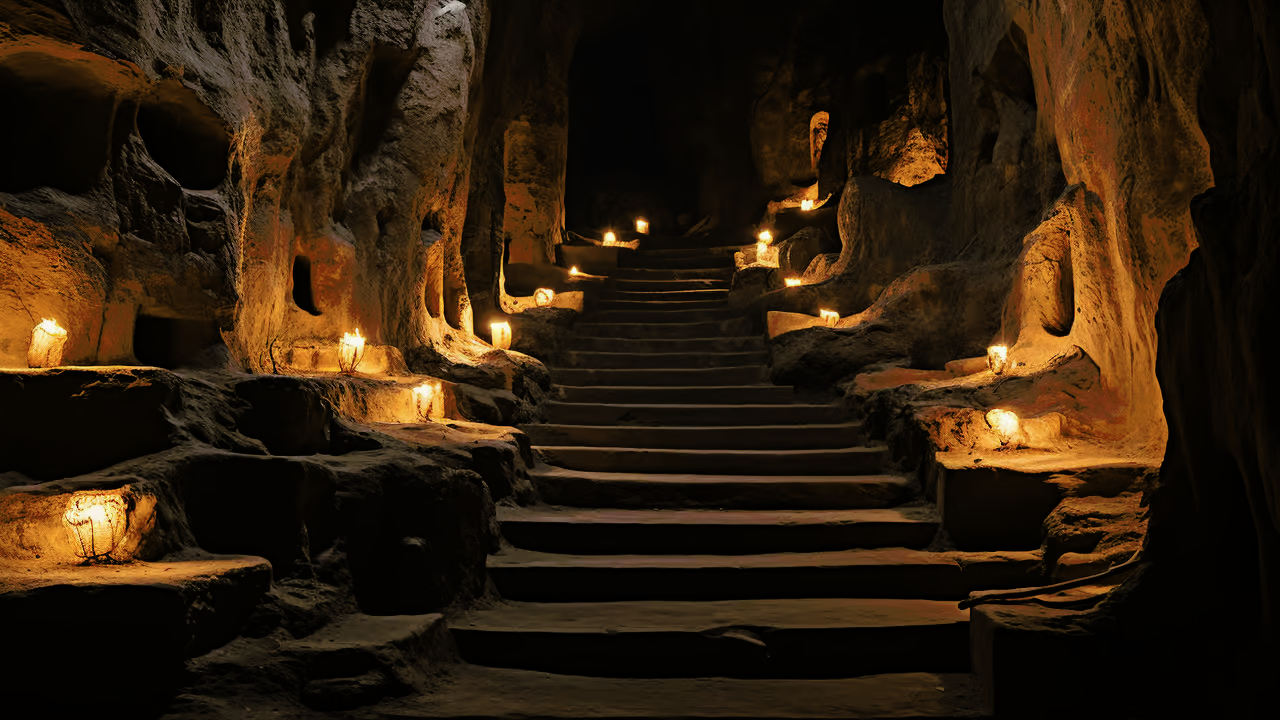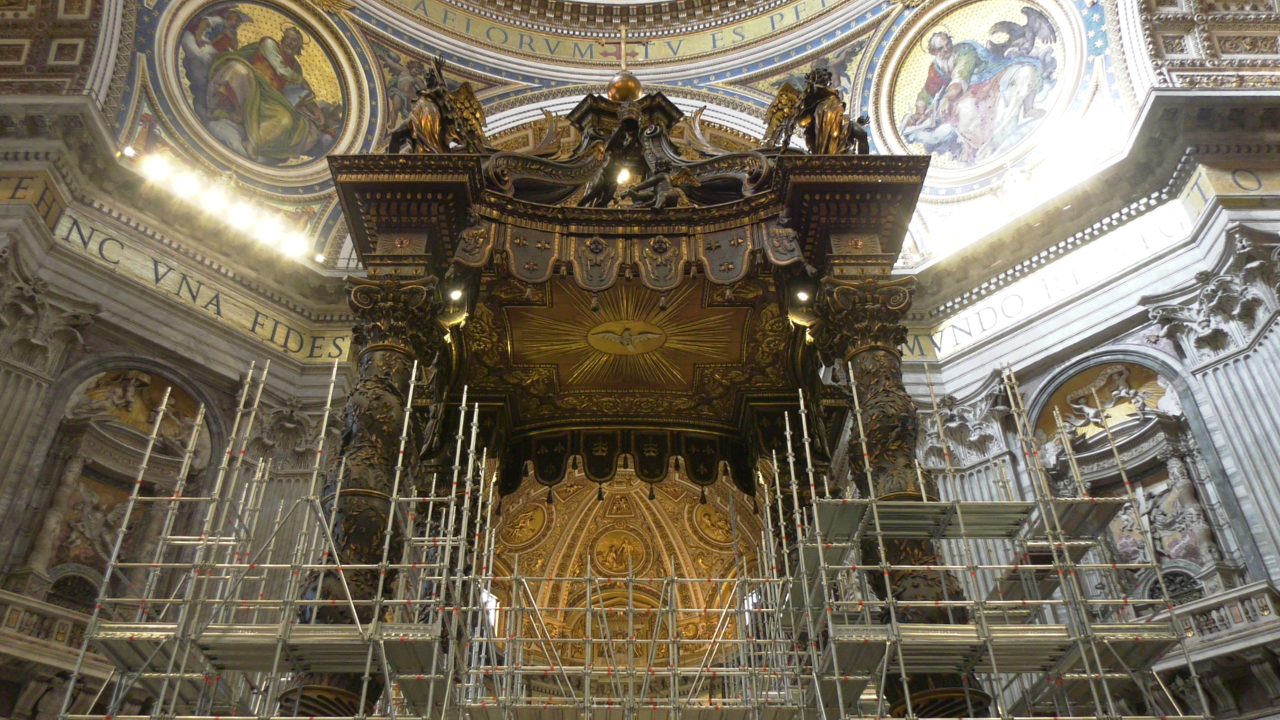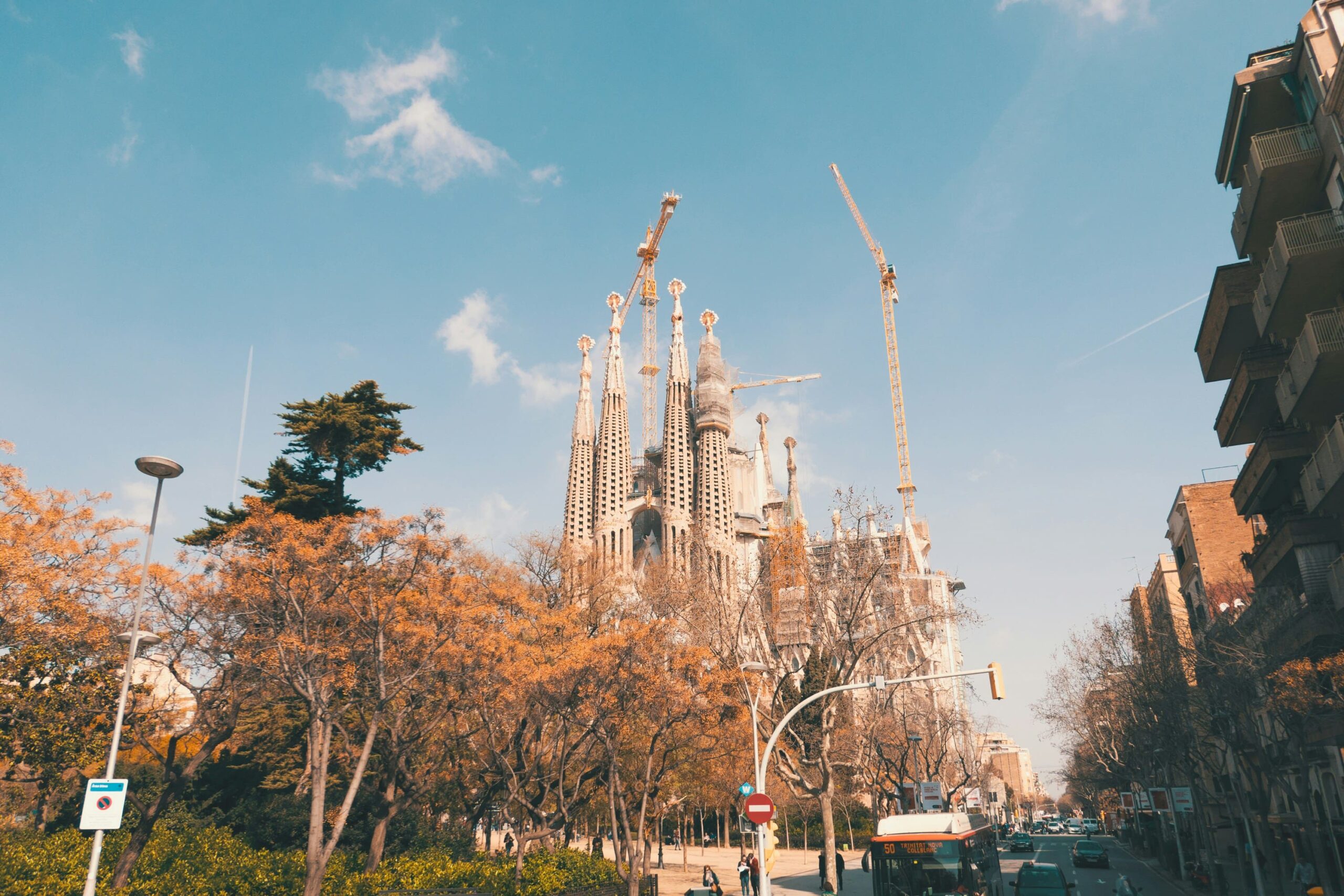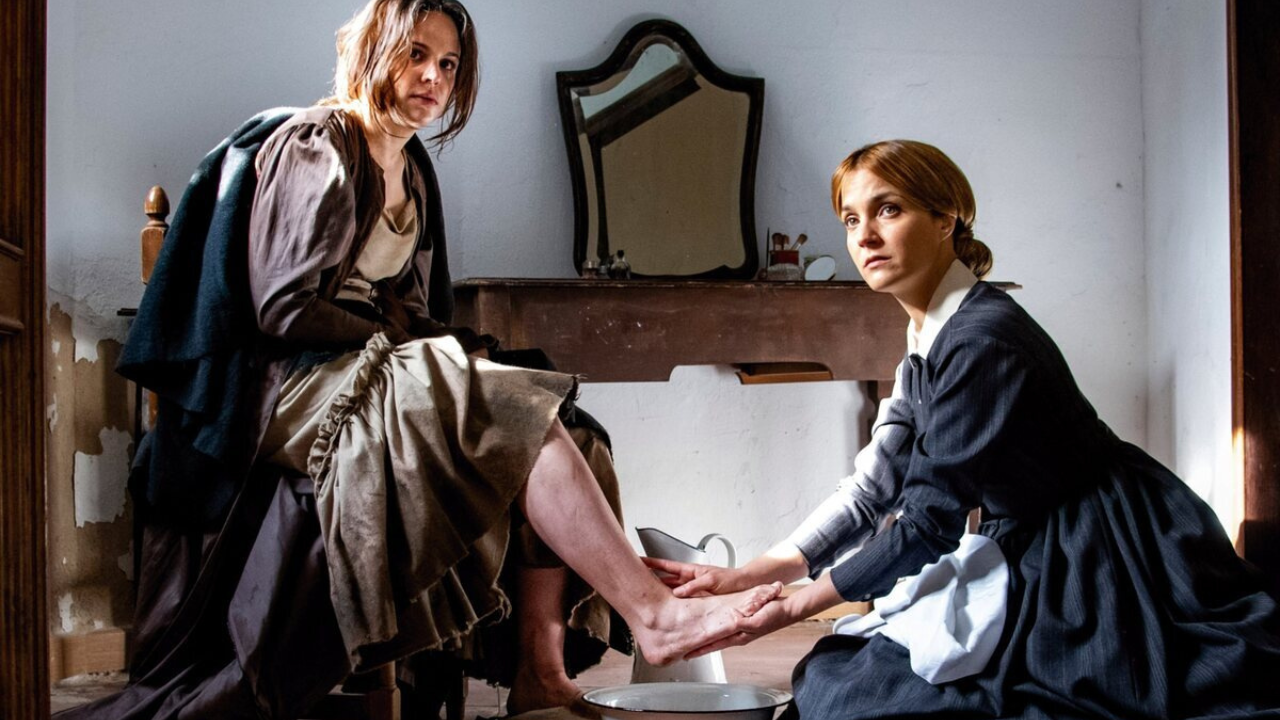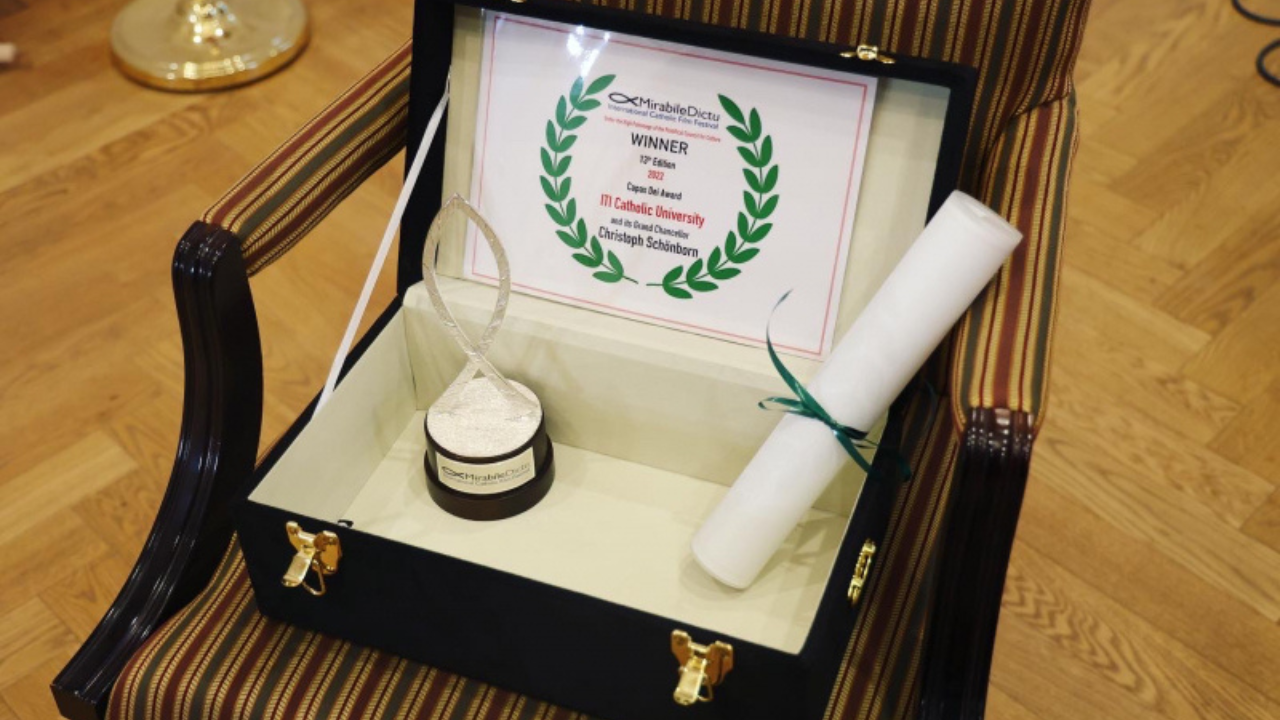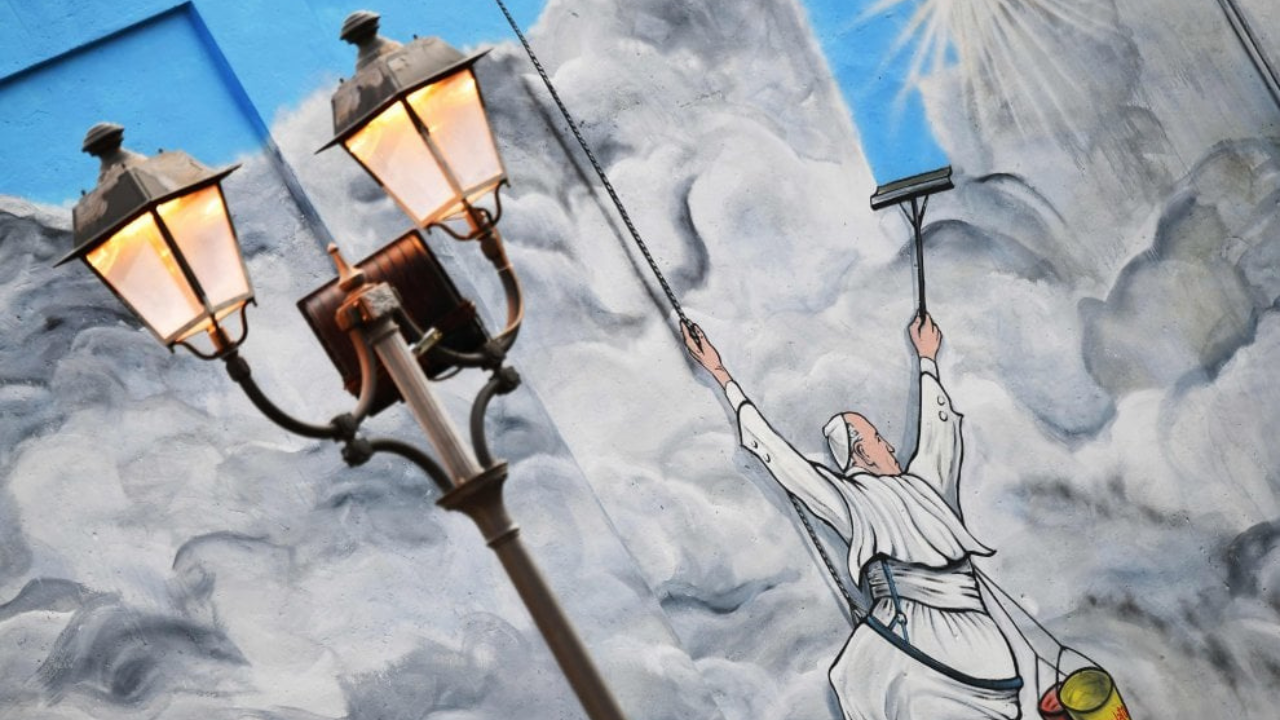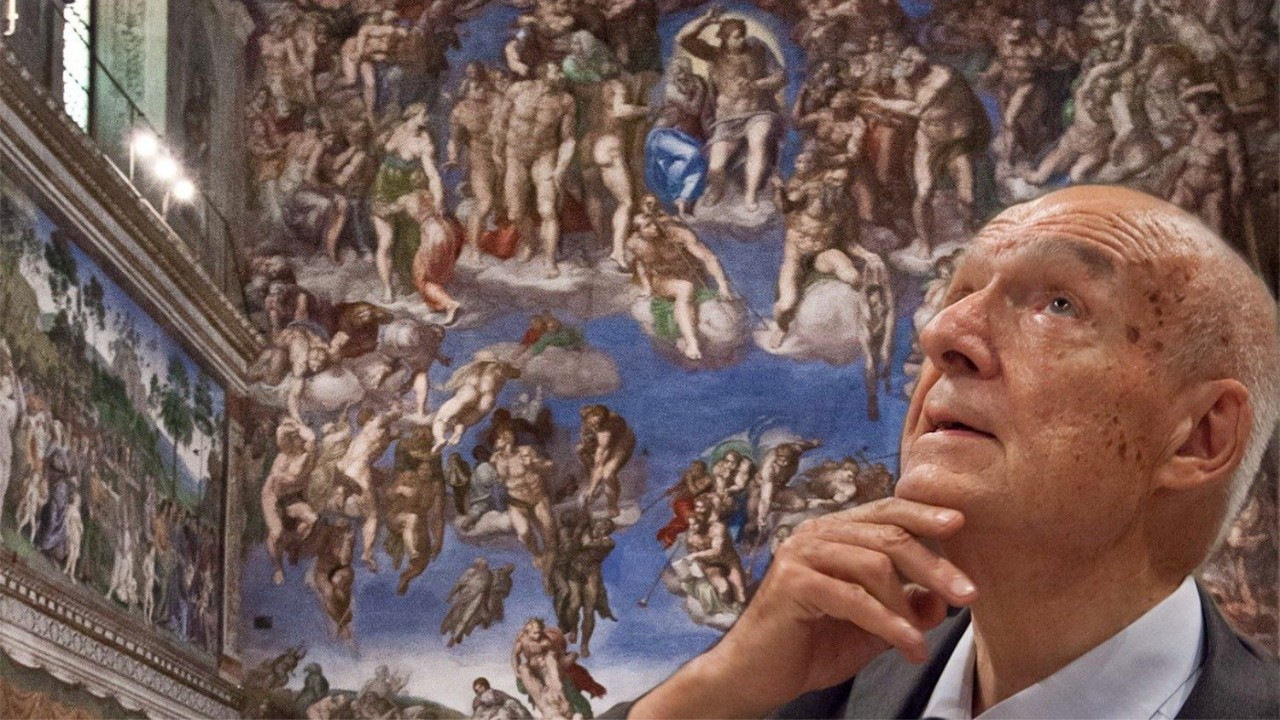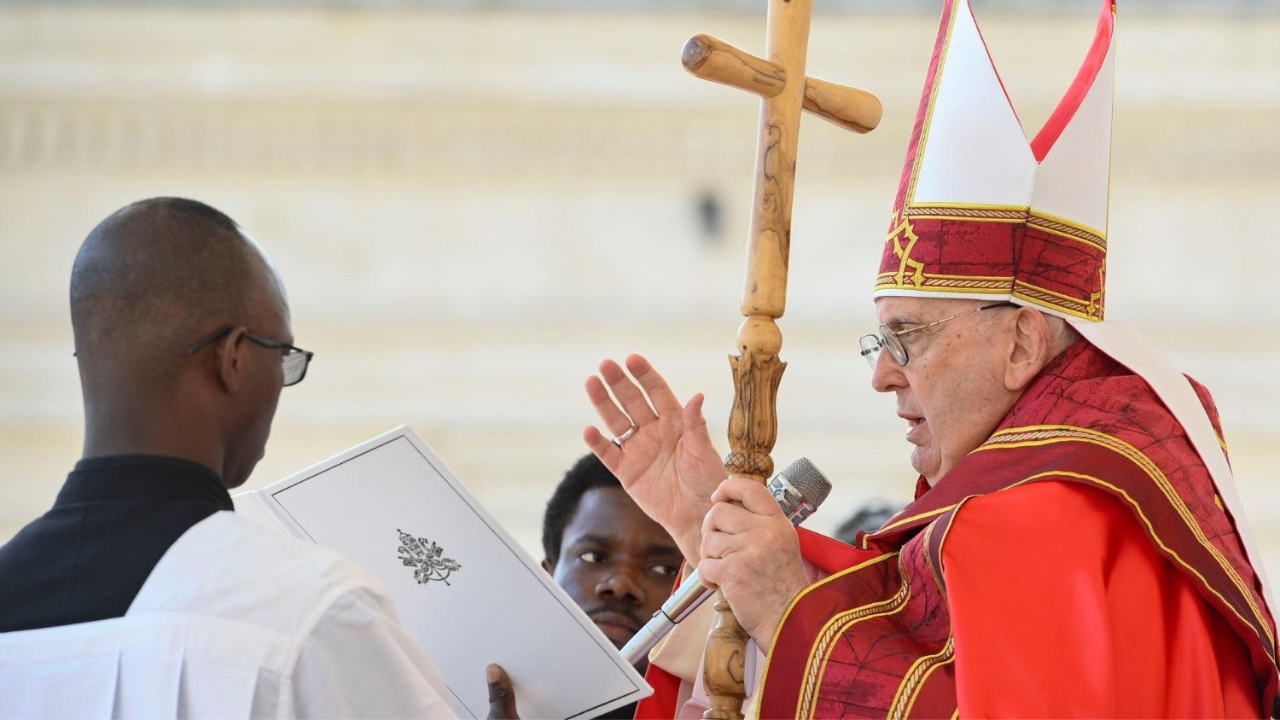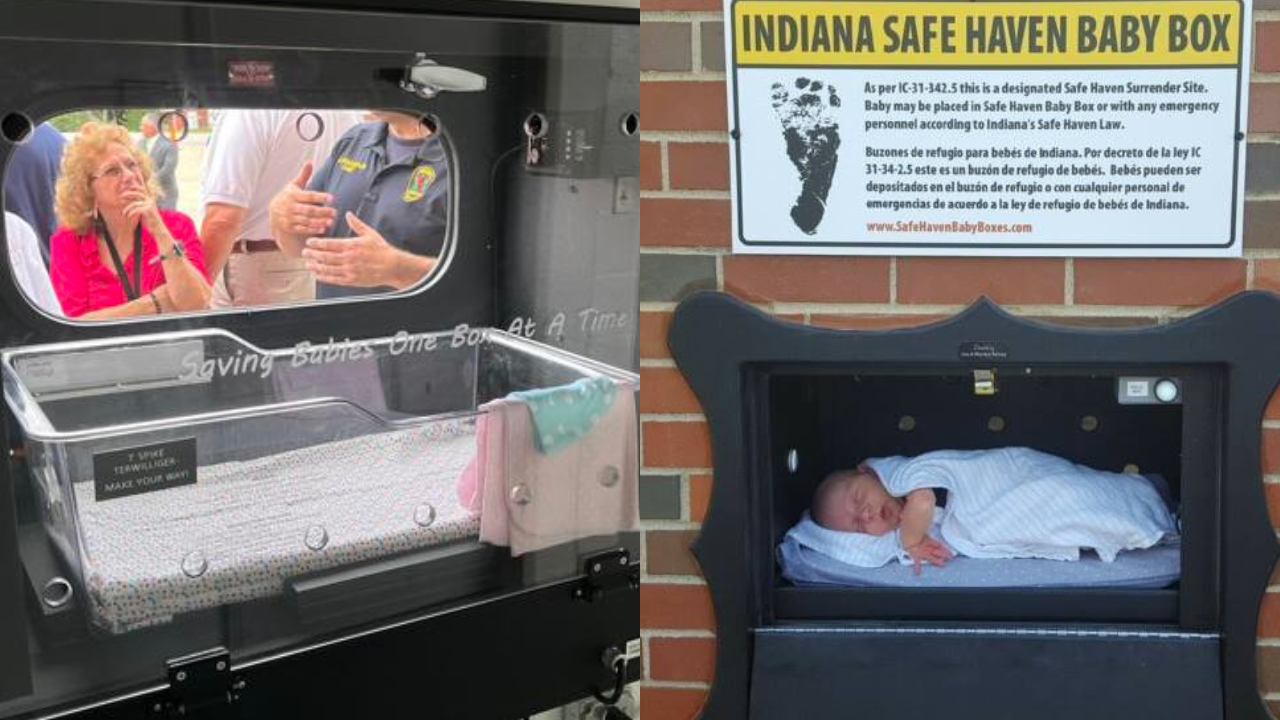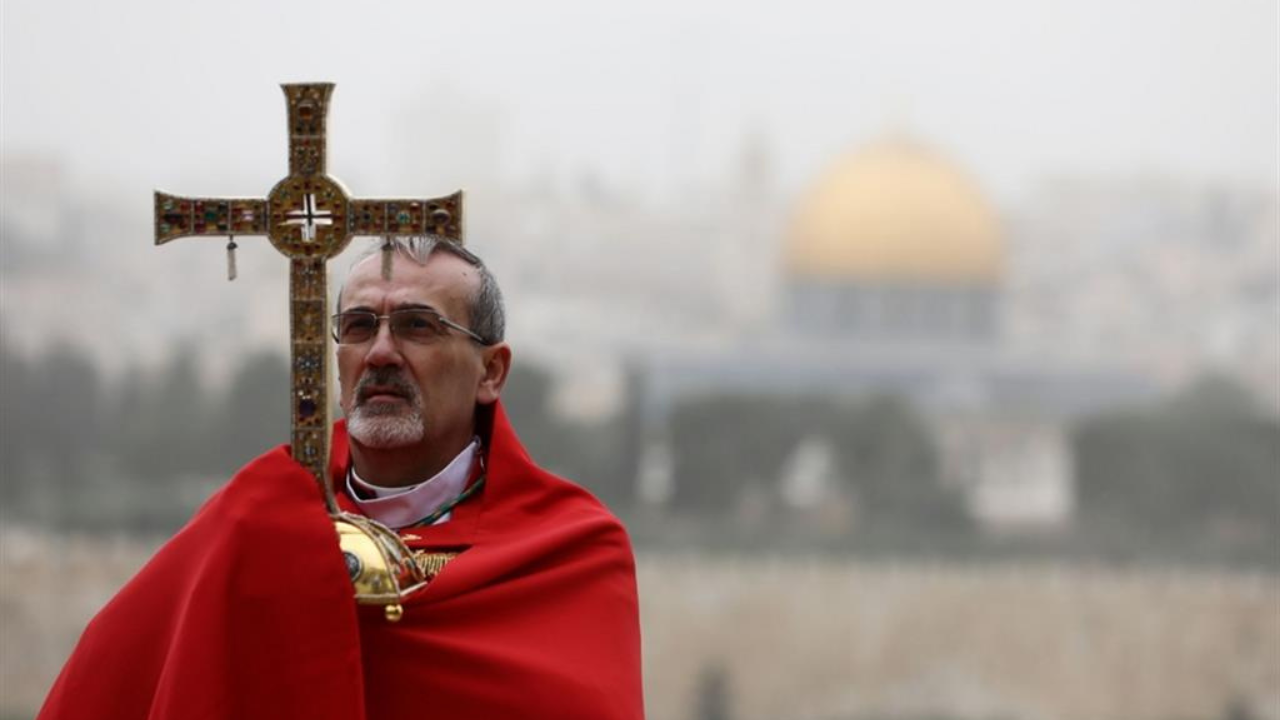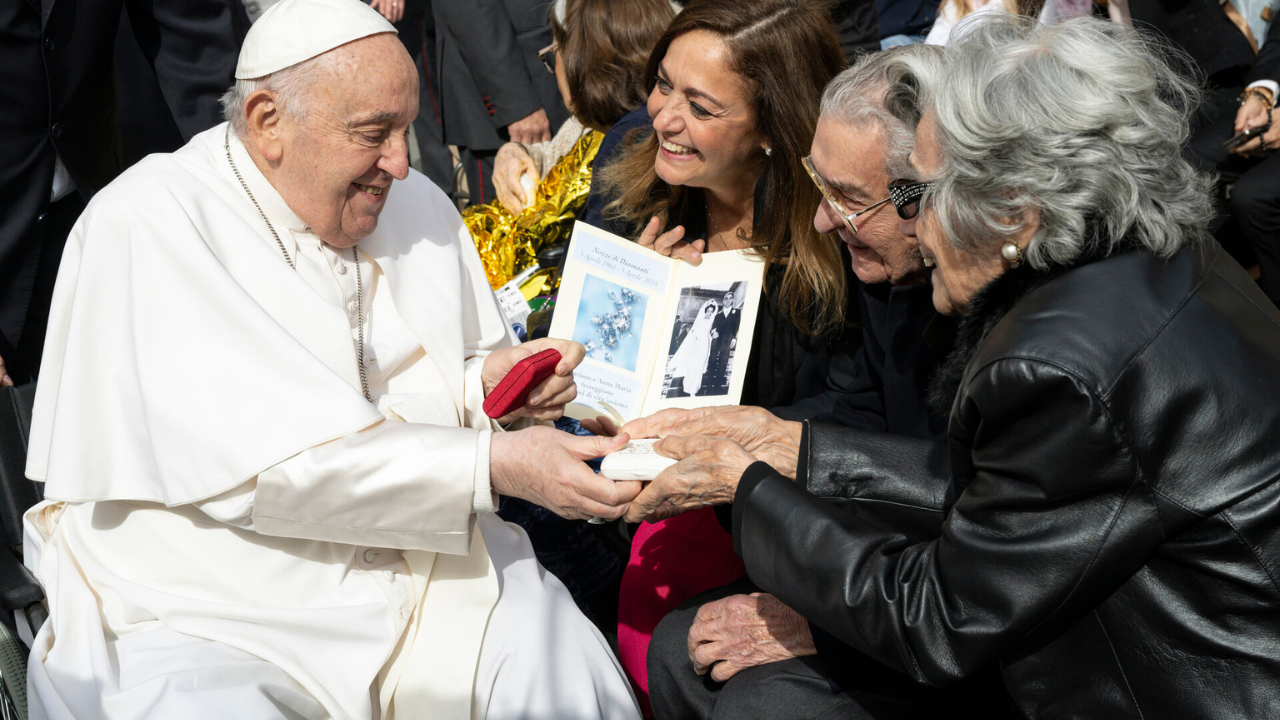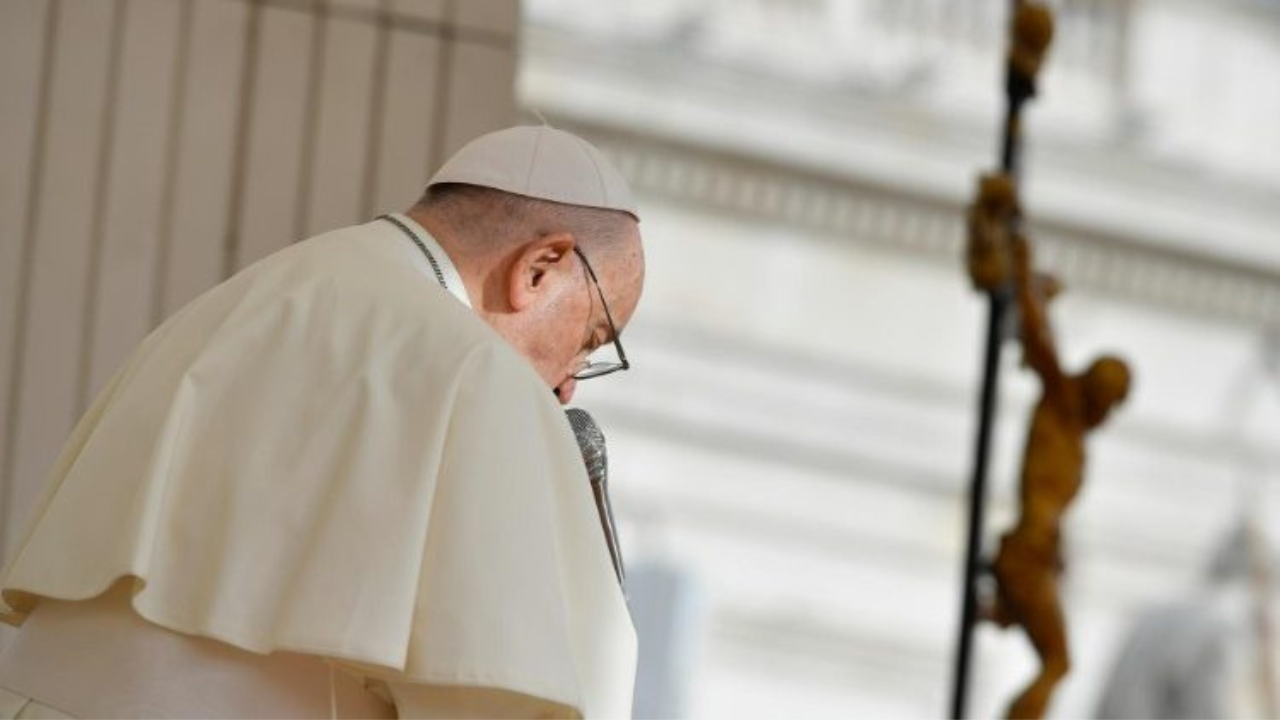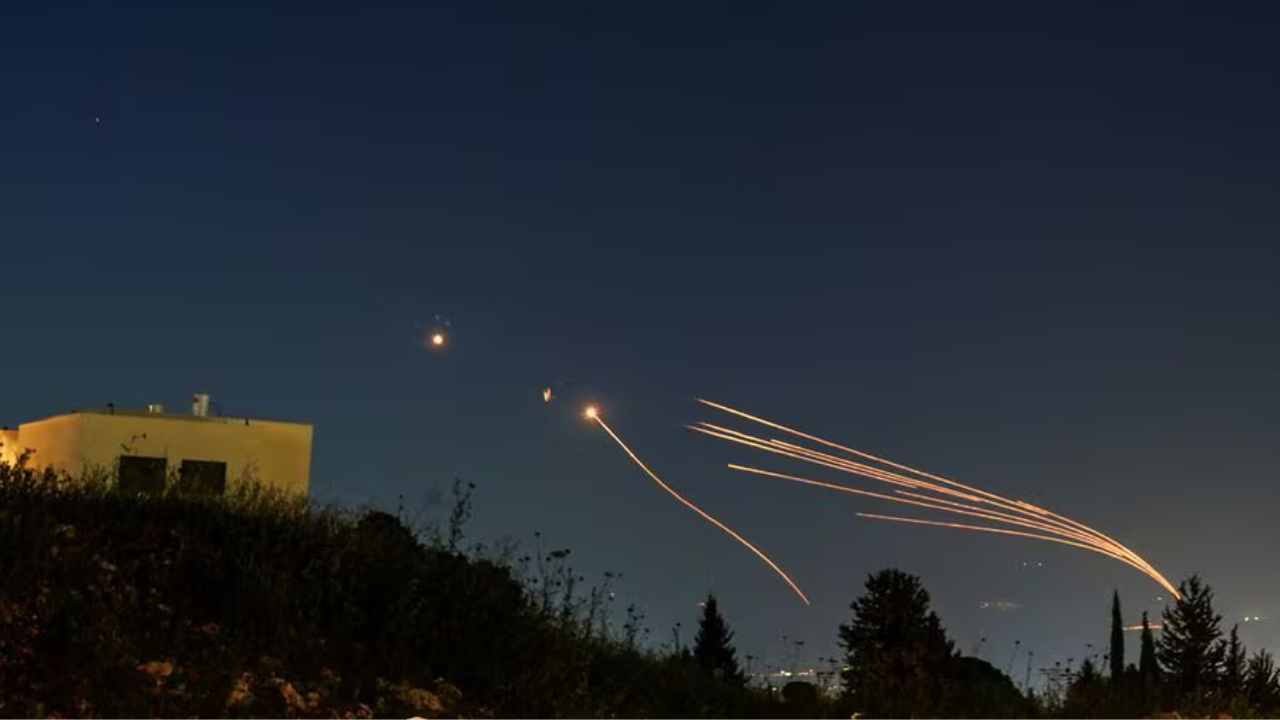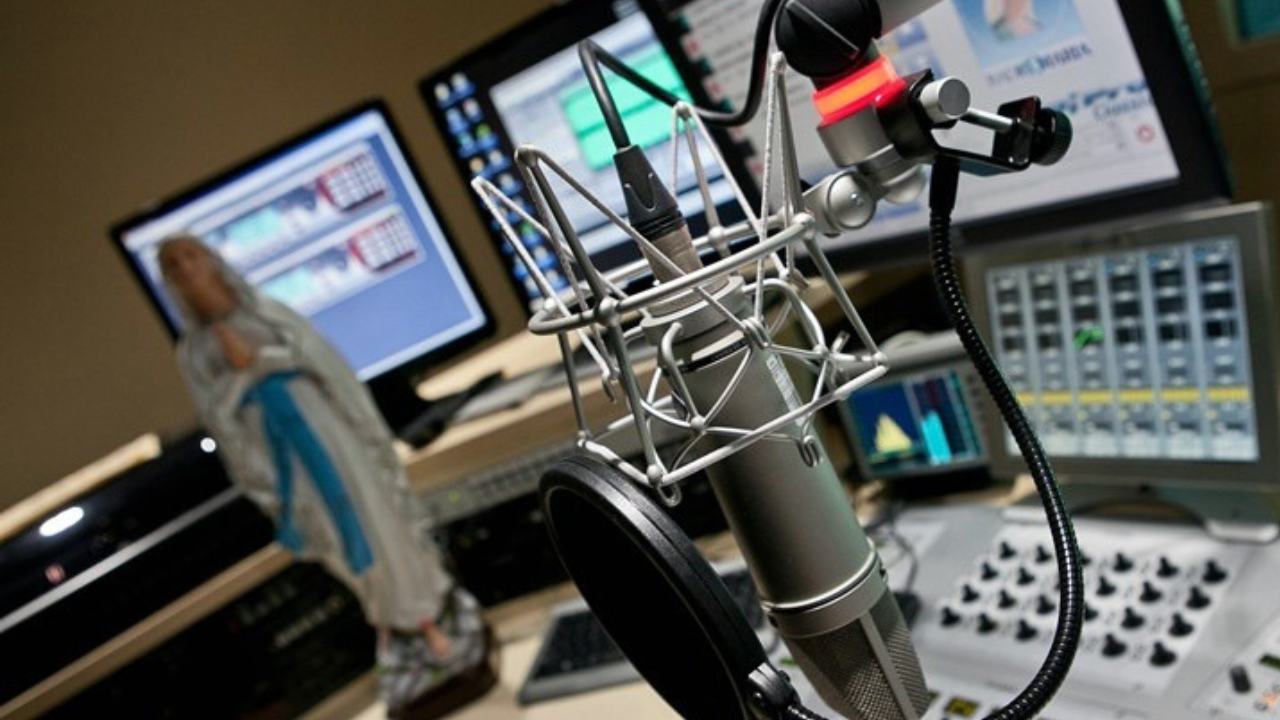If these two busts spoke, they would not only say they were carved in the third century after Christ and that their home has been in Palmira, Syria, but also that they are 'war-wounded.'
;
By the time ISIS took over Palmira in May 2015, museum officials had been able to flee with many of the funds, but couldn't manage to save these two busts. With the liberation of the millenary city, these pieces of art were rescued and transferred to Italy, where they will begin a process of restoration after they suffered the iconoclastic fury of the Islamists, who tried to hammer the memory of their faces away.
;
PAOLO MATTHIAE
Archaeologist
'ISIS is fighting against the plurality of cultures. ISIS wanted the world to halt all progress at the time of the first prophet after Muhammad. It is historical madness. It is unacceptable. There is no adjective to define this madness, which is based on the destruction of the cultural memory of countries like Syria and Iraq to whom we owe so much.'
In order to preserve these objects, the Colosseum is exposing these replicas of what intolerance has destroyed in Syria and Iraq. For example, this replica of the bull of Nimrud has been brought back to life thanks to a 3D printer, despite the efforts of jihadists to destroy the city.
The city was founded in the 13th century BC and is the home of the Tower of Babel in the Bible. The city is now pulverized, but there is hope that what once remained can be recreated.
;
FRANCESCO PROSPERETTI
Colosseum
'We want to convey both the emotions that have caused the loss of these works, but also the hope of the possible reconstruction of these works in their original context.'
FRANCESCO RUTELLI
Exhibition curator
'We want to demonstrate that reconstruction is feasible based on documentation, drawings, and analysis of available material, but it is also complicated; and we also want to prepare the grounds for real reconstruction.'
Just as cities like Dresden and Warsaw were rebuilt after World War II, the hope is that the same can happen here, in the places that are considered the cradle of humanity.
;
This reproduction reveals the discovery of the archives of the Syrian city of Ebla. They are tables with cuneiform script, one of the oldest existing forms of writing in the world. This large archive of over 17,000 pieces has also been lost.
In the south of Palmira, these satellite images clearly show that the Temple of Bel was blown up. However, thanks to drawings and documents collected since 1930, this replica of its roof has been created.
;
It is estimated that in at least five or six years, the splendor of the past will be able to return to Palmira.
In the meantime, initiatives such as this exhibition serve as a reminder that although some desire to erase the memory of civilization, it cannot be so easily destroyed.
;
AC/MB
MG / AA
-S
-PR
Up:JD
